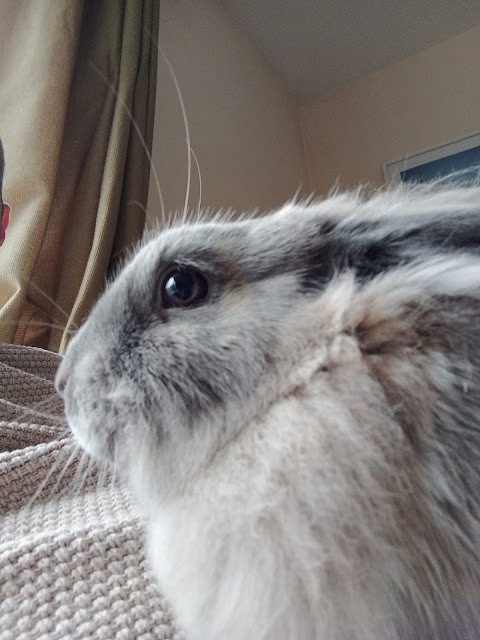Spring Equinox, Alban Eilir and Ostara
The celebration of spring by pagan, wiccan and druid culture is a joyous occasion. It is one of the eight annual festival celebrations.
The forces of light are equally balanced with the forces of darkness at this time, but light is on the increase – and will reach its apogee at the Summer Solstice three months later.
The symbolic plant of the Equinox in Druidry is the trefoil or
shamrock, which is also customarily worn on St. Patrick’s Day, 17th
March – almost at the time of the Spring Equinox. The usual explanation
for the use of the shamrock is that St Patrick once used its
three-leaved shape to illustrate the doctrine of the Trinity, but in
fact shamrock is probably the national emblem of Ireland because of its
earlier Druidic associations, and it is seen by some authorities as a
survival of the trignetra, a Christianised wheel or sun symbol. Spring Equinox is the time to sow plant seeds and get going in the garden.
The Easter Bunny
Have you ever wondered how the symbol of the rabbit became associated with the Easter Festival? The origin of the Easter Bunny probably goes back to the festival’s connection with the pagan goddess Eostre.
Eostre (sometimes spelt Oestre) was a fertility goddess from whom we derive the word “oestrogen” and she is closely associated with fertility symbols such as eggs. The rabbit is known as a highly fertile creature and hence an obvious choice for Easter symbolism.
In fact the use of the rabbit is probably a mistake – the Easter “bunny” is more likely to have been a hare, since it is the hare that is usually considered the sacred creature of Eostre.
Pagan fertility festivals at the time of the Spring equinox were common. It was believed that at this time, when day and night were of equal length, male and female energies were also in balance.
The hare is often associated with moon
goddesses; the egg and the hare together represent the god and the
goddess respectively. The earliest known reference to our modern Easter
Bunny tradition appears to be from 16th century Germany. In the 18th
century, German settlers to America brought the tradition with them. The
Bunny was known by them as Oschter Haws (a corruption of the German
Osterhase ) and brought gifts of chocolate, sweets and Easter Eggs to
good children. Often children would make up nests for Oschter Haws,
sometimes using their Easter bonnets, and the Bunny would leave his
treats there.



